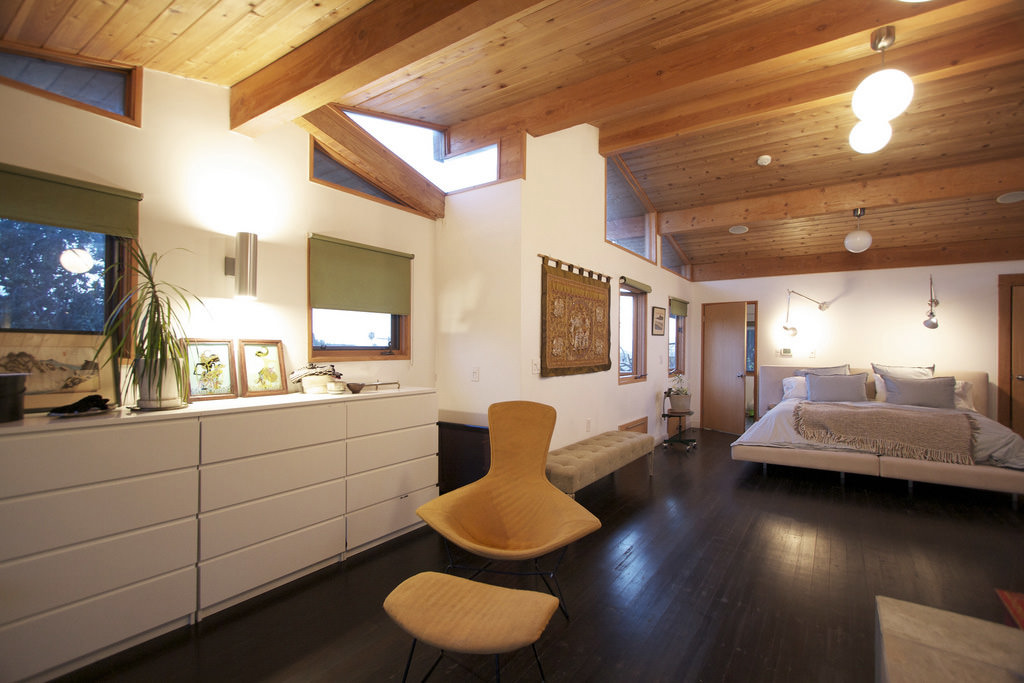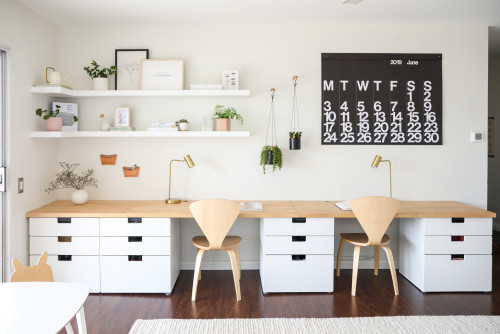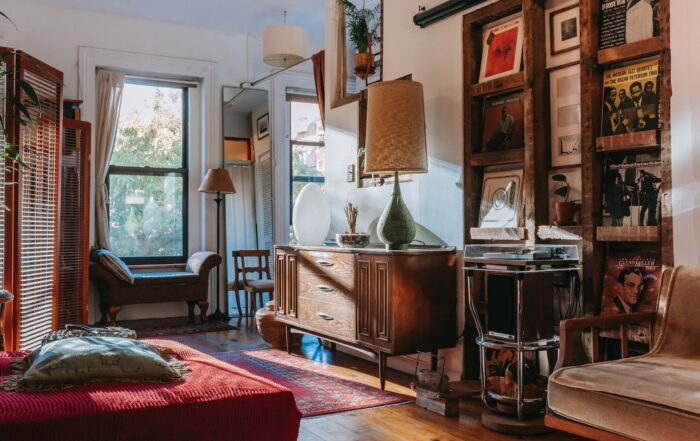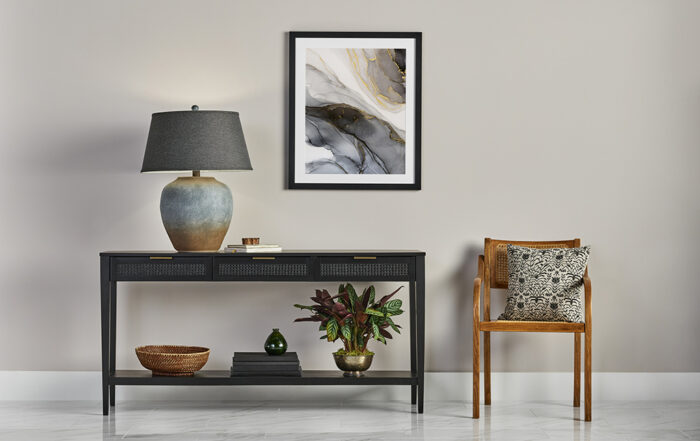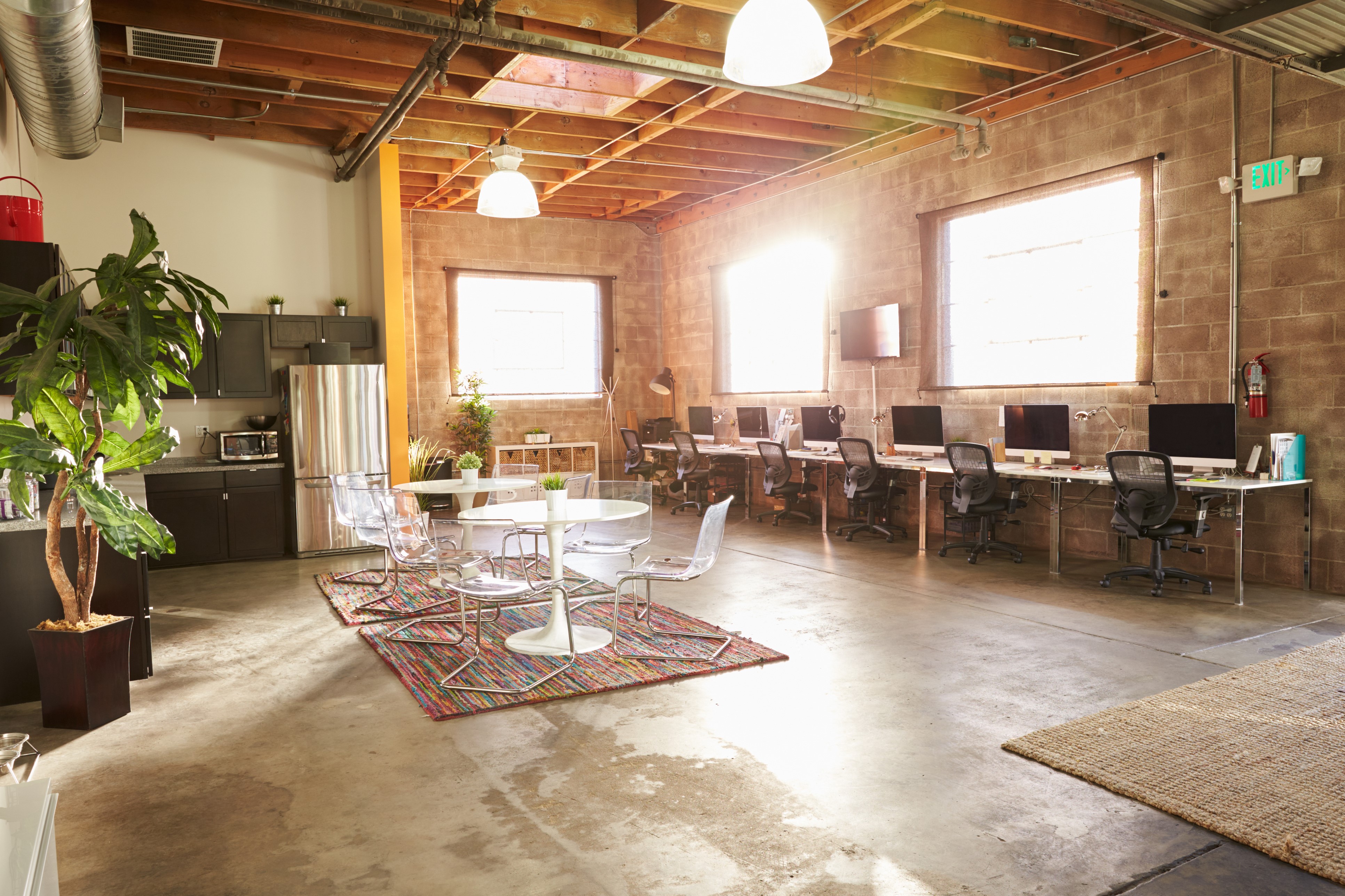
So long, drab carpet and cookie-cutter cubicles.
Businesses are rethinking the way workplace design impacts their bottom line—and the result is a complete transformation of the modern office space.
With more companies starting to recognize the value of happy, healthy workers, designers and contractors can expect to see the following trends continue.
Biophilic design has taken root and continues to flourish.
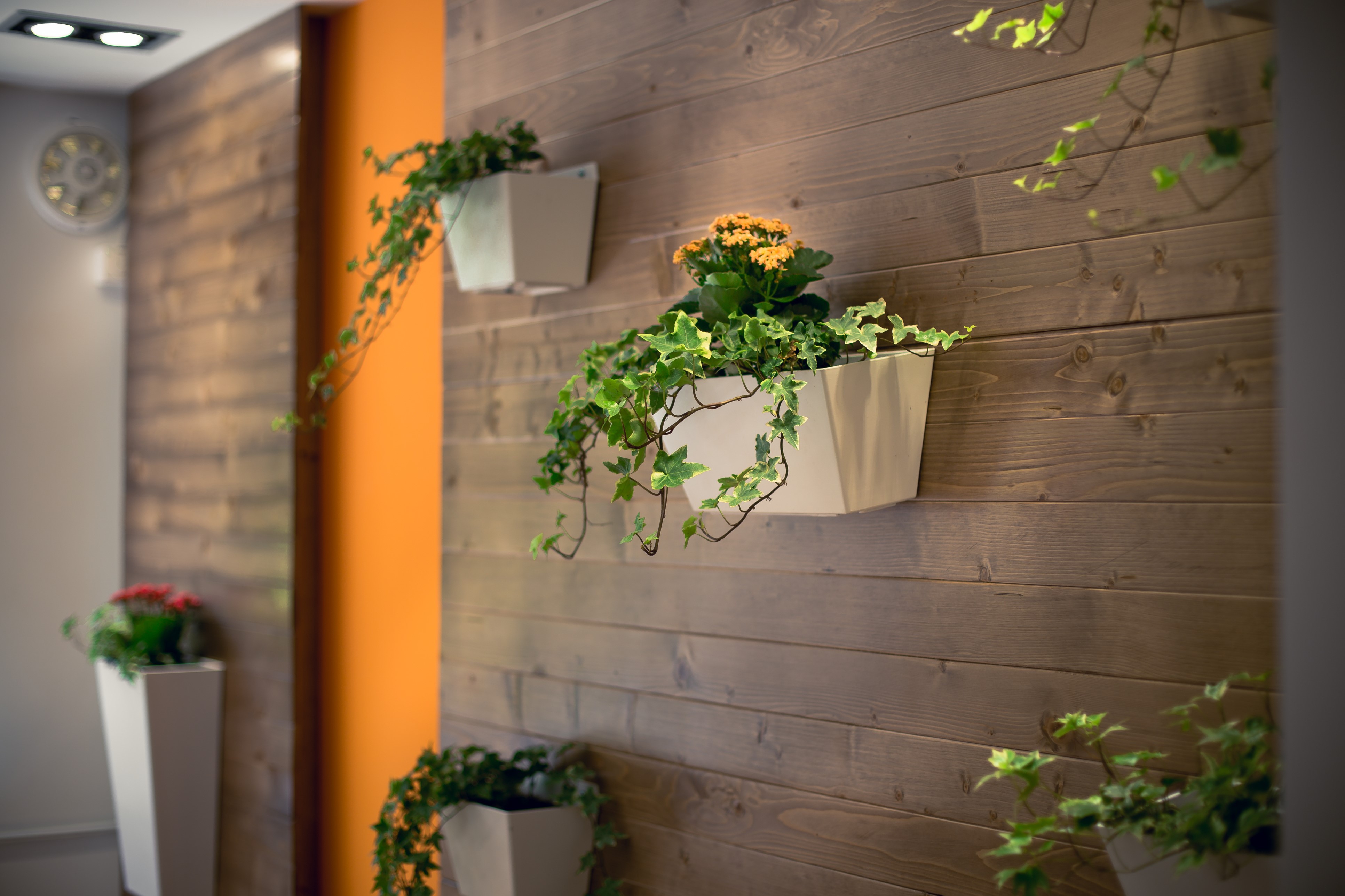
The human connection with nature is a powerful one. Biophilic design draws on that connection by bringing elements of the natural world into our built environment—which, in turn, has a positive effect on both physical and mental health.
A popular example of biophilic design is the integration of living green walls into indoor workplaces, but so is the use of natural materials such as real wood shelving, bamboo blinds and stone tile flooring.
On a more subtle level, color palettes and textures that mimic natural forms also contribute to biophilic design.
The way businesses utilize space is also changing.

Rows of cubicles and hallways dominated by closed-door offices are a thing of the past. Nowadays, innovative companies are reaping the benefits of wider, open-space areas that encourage collaboration, coupled with smaller, adaptable spaces to fit individual working styles.
Quiet rooms (also called breakout rooms or comfort spaces) that allow workers to step away and recharge have become increasingly popular, as have communal “touchdown spaces” where visiting employees have access to a temporary workstation.
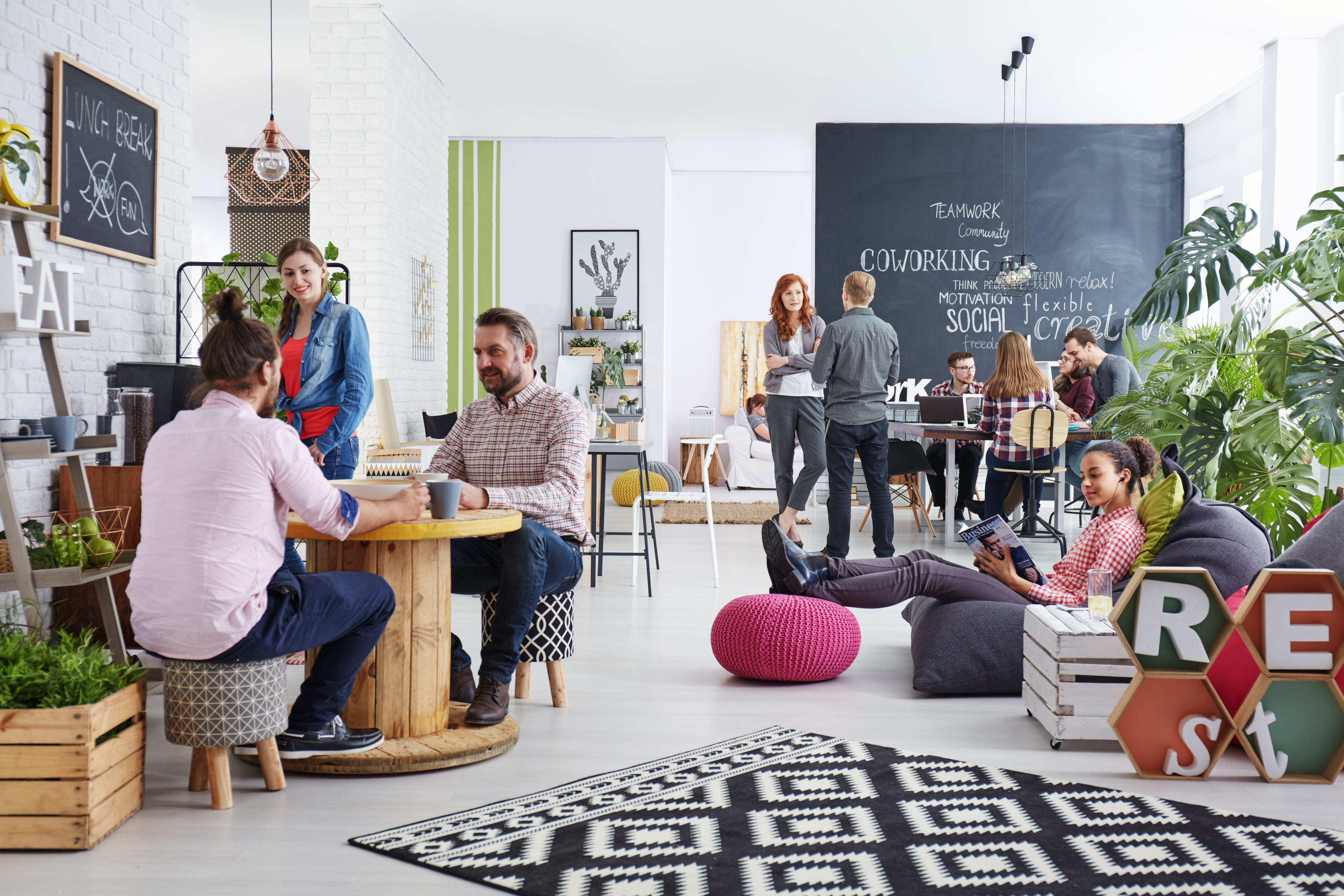
Finally, office furniture is also getting in on the flexibility theme. Adjustable desks and adaptive chairs have replaced one-size-fits-all furnishings to improve accessibility and comfort.
Employee wellness will continue to drive contemporary office design.

Now more than ever, the physical working environment has become a deciding factor among new job seekers.
Companies that rise to meet the challenge—and put employee wellness first when planning or redesigning their office spaces—will have a key advantage over their competitors when it comes to attracting top talent. Human-centric workplace design has also been linked to increased productivity and employee satisfaction, along with fewer sick days and increased revenue.
